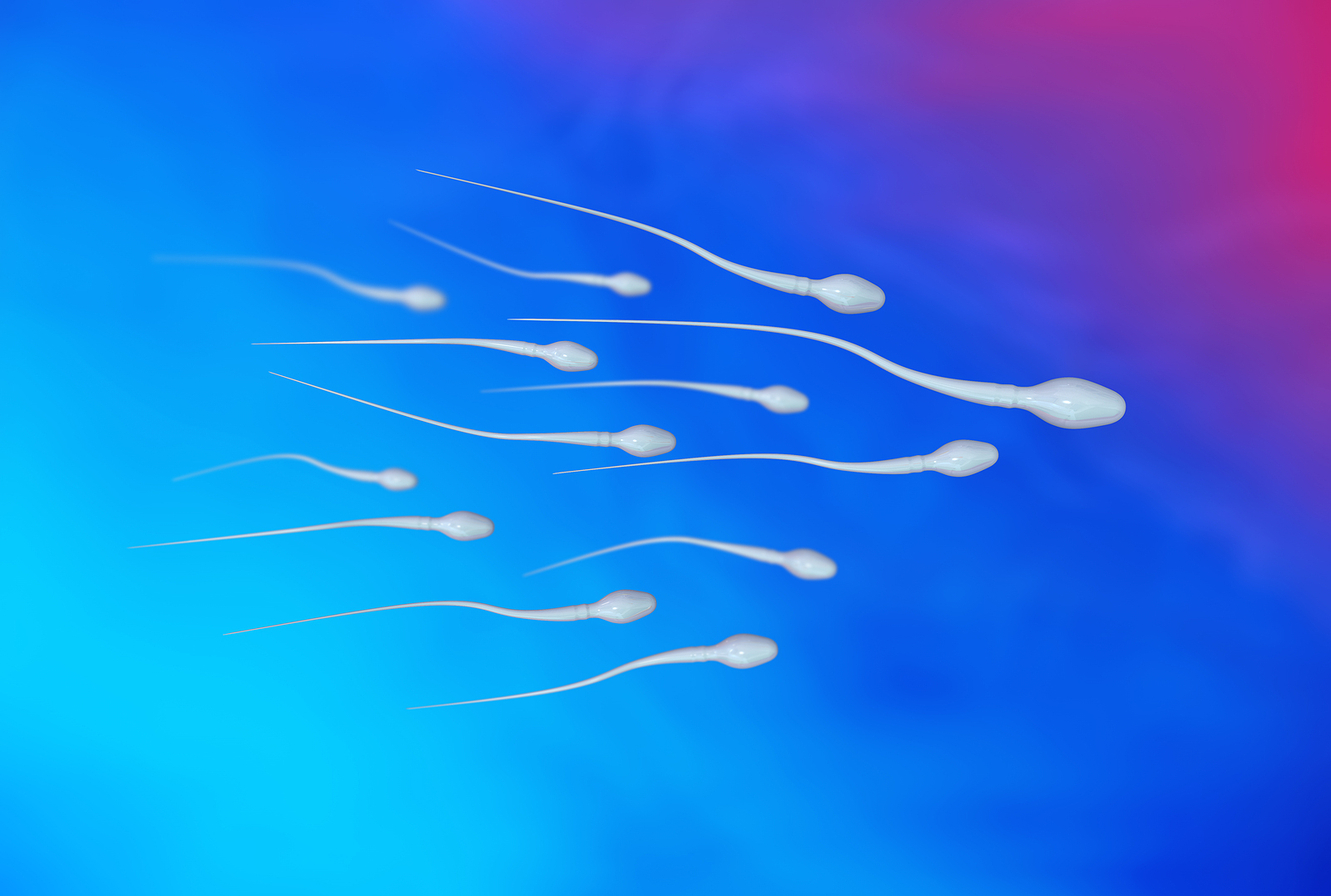
New study revives fears of ‘spermageddon’
Sperm counts around the world appear to have halved between 1973 and 2018. According to a study in the journal Human Reproduction Update, a team led by Hagai Levine, of Hebrew University of Jerusalem, and Shanna Swan of the Icahn School of Medicine, in New York, the decline reflects a global crisis related to our modern environment and lifestyle, with broad implications for the survival of the human species.
The same team identified declining sperm counts in North America, Europe and Australia in 2017. This recent research is the first to demonstrate a decline in South and Central America, Asia and Africa as well.
Sperm count is not only an indicator of human fertility, the researchers say; it also is an indicator of men’s health, with low levels being associated with increased risk of chronic disease, testicular cancer and a decreased lifespan.
This study shows an accelerated post-2000 decline in total sperm count and sperm concentration globally. As Levine summarized these results, “Overall, we’re seeing a significant worldwide decline in sperm counts of over 50% in the past 46 years, a decline that has accelerated in recent years”.
While the current study did not examine the causes of sperm count declines, Levine pointed to recent research indicating that disturbances in the development of the reproductive tract during foetal life are linked to lifetime impairment of fertility and other markers of reproductive dysfunction. Additionally, Levine explained that “lifestyle choices and chemicals in the environment are adversely affecting this foetal development.”
Time is running out, cautioned Levine. “Our findings serve as a canary in a coal mine. We have a serious problem on our hands that, if not mitigated, could threaten mankind’s survival. We urgently call for global action to promoted healthier environments for all species and reduce exposures and behaviour’s that threaten our reproductive health.”
Professor Swan stressed that low sperm counts not only affect men’s fertility, but have serious ramifications for men’s health more generally. “The troubling declines in men’s sperm concentration and total sperm counts at over 1% each year as reported in our paper are consistent with adverse trends in other men’s health outcomes, such as testicular cancer, hormonal disruption, and genital birth defects, as well as declines in female reproductive health. This clearly cannot continue unchecked.”
Although the report made headlines everywhere, the notion of declining sperm counts is controversial. In 2021 Professor Swan published a popular science book, “Count Down: How Our Modern World Is Altering Male and Female Reproductive Development, Threatening Sperm Counts, and Imperiling the Future of the Human Race”. She painted a very bleak picture.
“If you look at the curve on sperm count and project it forward — which is always risky — it reaches zero in 2045,” she said. This dismal statistic implies that an average male would have no viable sperm in 25 years’ time. “That’s a little concerning, to say the least.”
Even more dramatically she claimed that homo sapiens already fit the US Fish and Wildlife Service’s standard to be considered an endangered species.
Critics, however, have questioned whether the method for counting sperm is accurate, or whether men who were willing to provide sperm were different from the population as a whole.
A 2021 paper by researchers from Harvard and MIT suggested that it’s not time to hit the panic button. They proposed a “Sperm Count Biovariability” hypothesis as a counterweight to the Sperm Count Decline hypothesis. Perhaps sperm counts vary a lot over time, over age and over populations. “The assumption that male fertility scales proportionately with sperm count is unsupported by any available evidence,” they observed.
